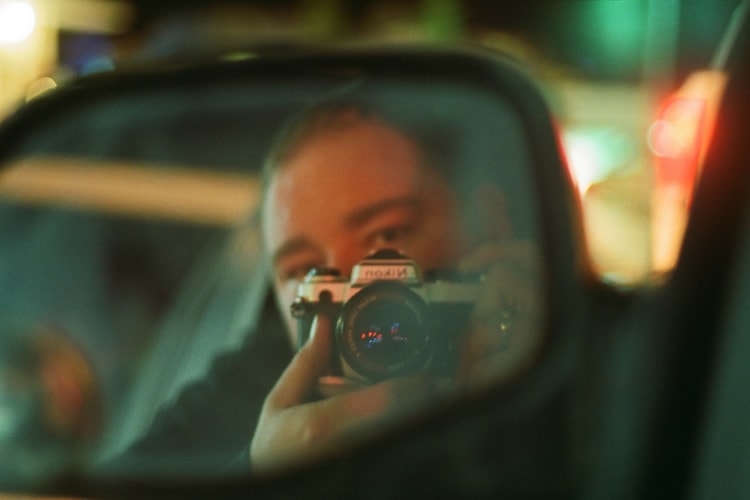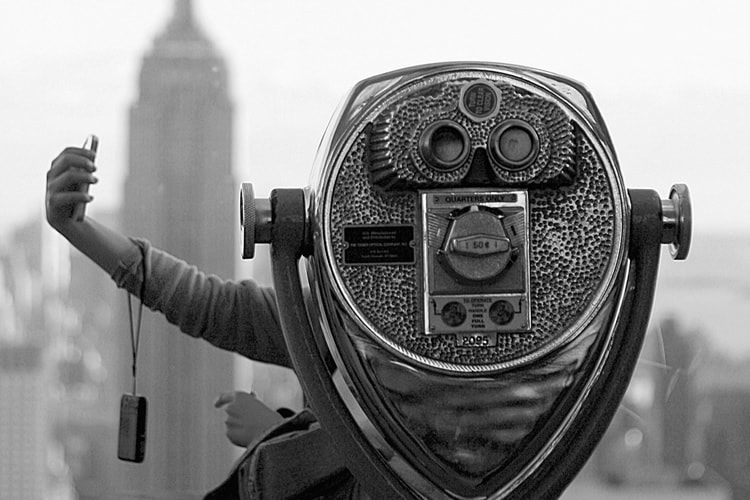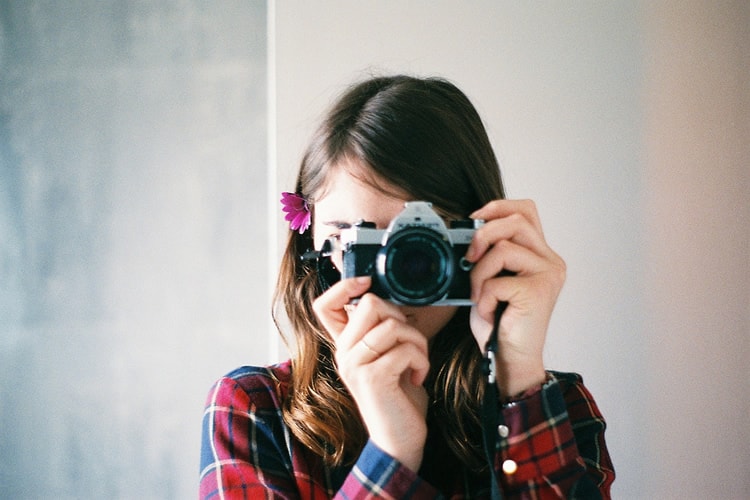How to Take a Selfie – Do’s, Don’ts, and Interesting Facts
It seems that everyone is taking and showing off their selfies these days, from child stars gone bad, all the way up to the most powerful world leaders. Unfortunately, even the most famous people take selfies that are less than flattering sometimes. How can you avoid doing the same?
Interesting Selfie Facts
- The first selfie may have been taken as early as 1839, but was more likely taken in the early 1880s.
- According to an Opinium survey reported on MediaBistro, nearly half of all selfies (48 percent) are shared on Facebook. This makes Facebook the most popular place to share them. The second most popular way to share a selfie is via text message, with Twitter and Instagram trailing close behind.
- Eight percent of people regret sending a selfie to a potential date or romantic partner— unless they sent a “sexy selfie.” In that case, the ratio jumps up to 36 percent.
- Over a third of men claim they retouch their selfies, compared to only 13 percent of women. It seems possible that both groups could be under-reporting.
How to Take a Selfie: Lighting Makes All the Difference
One important thing to keep in mind about lighting is that you’ll look your best in natural light (sunlight and occasionally candle light). Natural light makes colors show up more truly on film and even on digital reproduction.

Photo by Colby Stopa
If you do use artificial lighting, try and stay away from florescent lights. Florescent light adds a different color to everything that really shows up in photographs. And there are few, if any, skin tones that are flattered by florescent light.
Keep in mind that your light source should be in front of you instead of behind, in order to avoid glare. At the same time, you don’t want a light source that is going to make you squint. If you’re going to take your picture outside, don’t take it during the brightest part of the day unless there is a bit of cloud cover. You may also want to consider taking a selfie in front of a window with a thin curtain, during a bright part of the day.

Photo by mollybob
Finally, if you’re taking your own picture with your phone or camera at arm’s length, try to do so in a way that won’t require you to use your phone or camera’s flash. A flash at such a close range may leave you squinting in your picture, distort your features, or give you an unhealthy-looking skin tone.
How to Take a Selfie: Technique
When you use a phone to take your own picture, hold it as far away from your face as possible. Holding too close can result in the kind of lens distortion that may widen your face.
Do you have an iPhone, or other smartphone that has a “reverse camera” that lets you look at yourself while you take a selfie? These can be great for getting just the right focus, look and crop that you want. But this lens isn’t usually as high-quality as the phone’s forward-facing lens. The iPhone 5 may be the exception here, since its hardware has been improved all around.

Photo by Alba García Aguado
It’s a good idea to spend some time learning how to take a selfie with your phone’s front lens. If you just can’t get it like you want it that way, then go ahead with your phone’s mirror camera.
The one big exception to this rule is when you’re taking a picture with other people in it (say, a record-breaking selfie at The Oscars). It’s easier and less time-consuming to fit multiple people in a self-taken picture if you can see where everybody fits into the frame.
